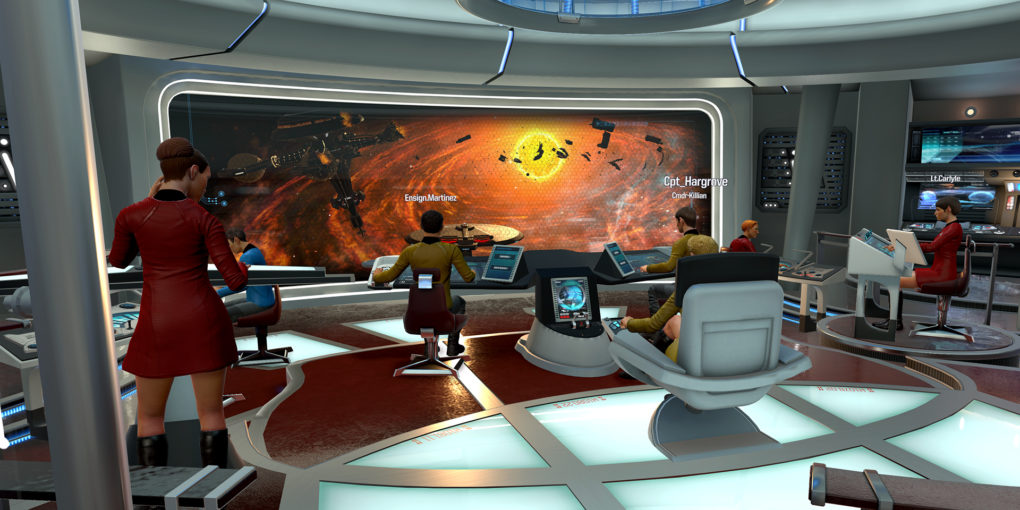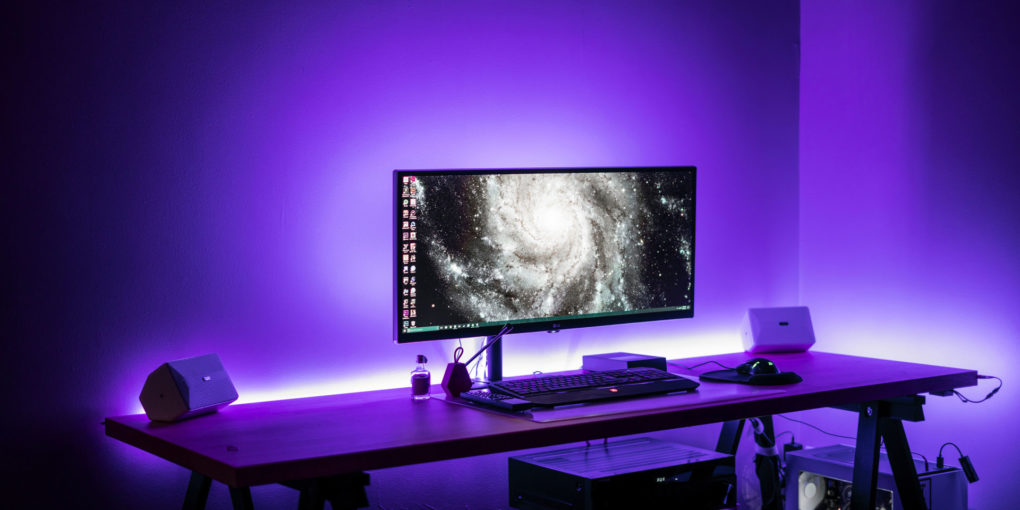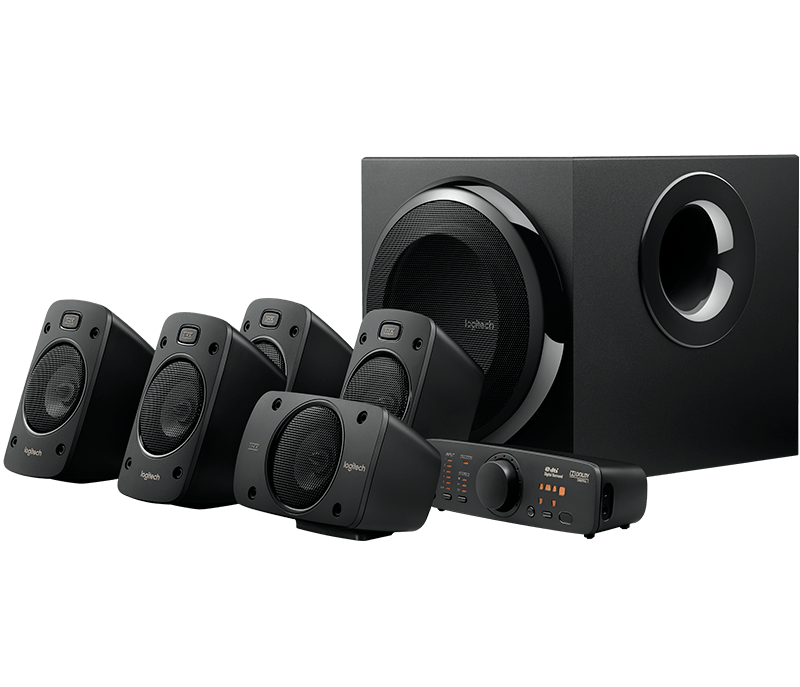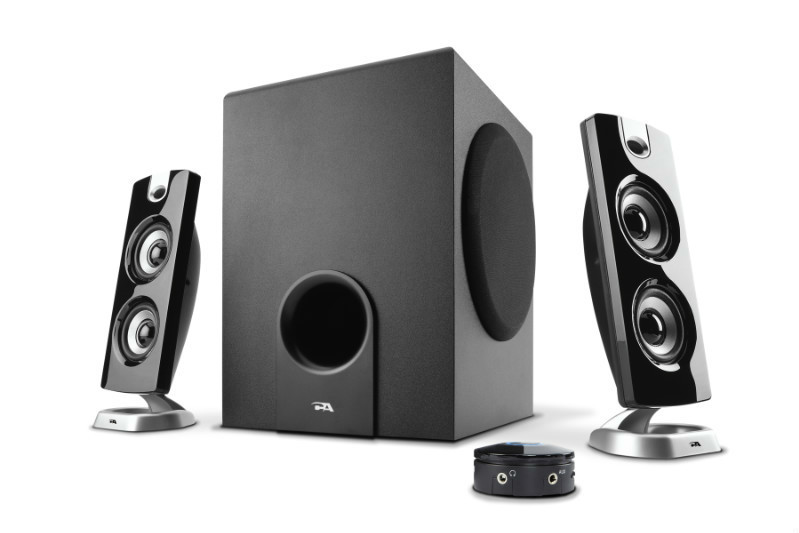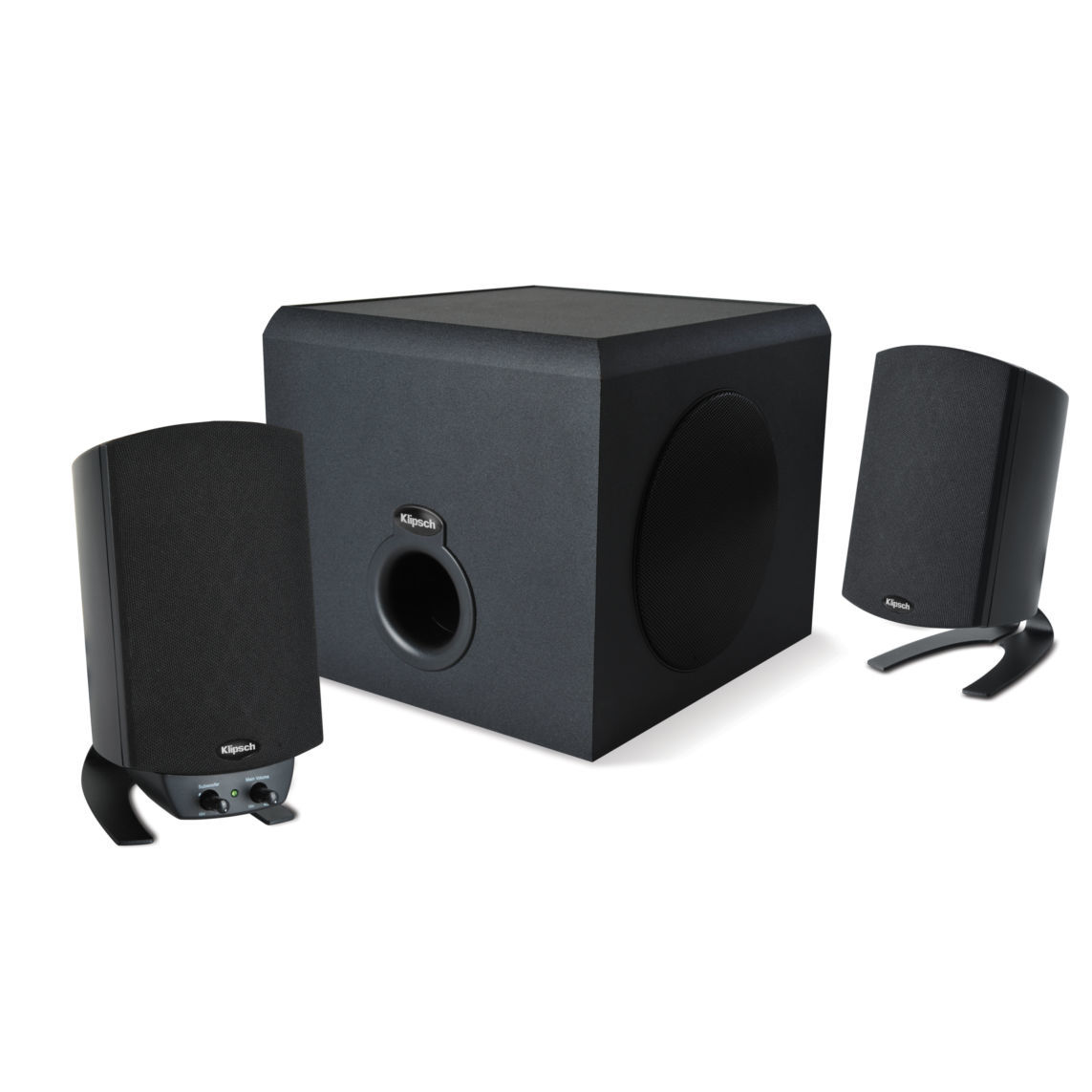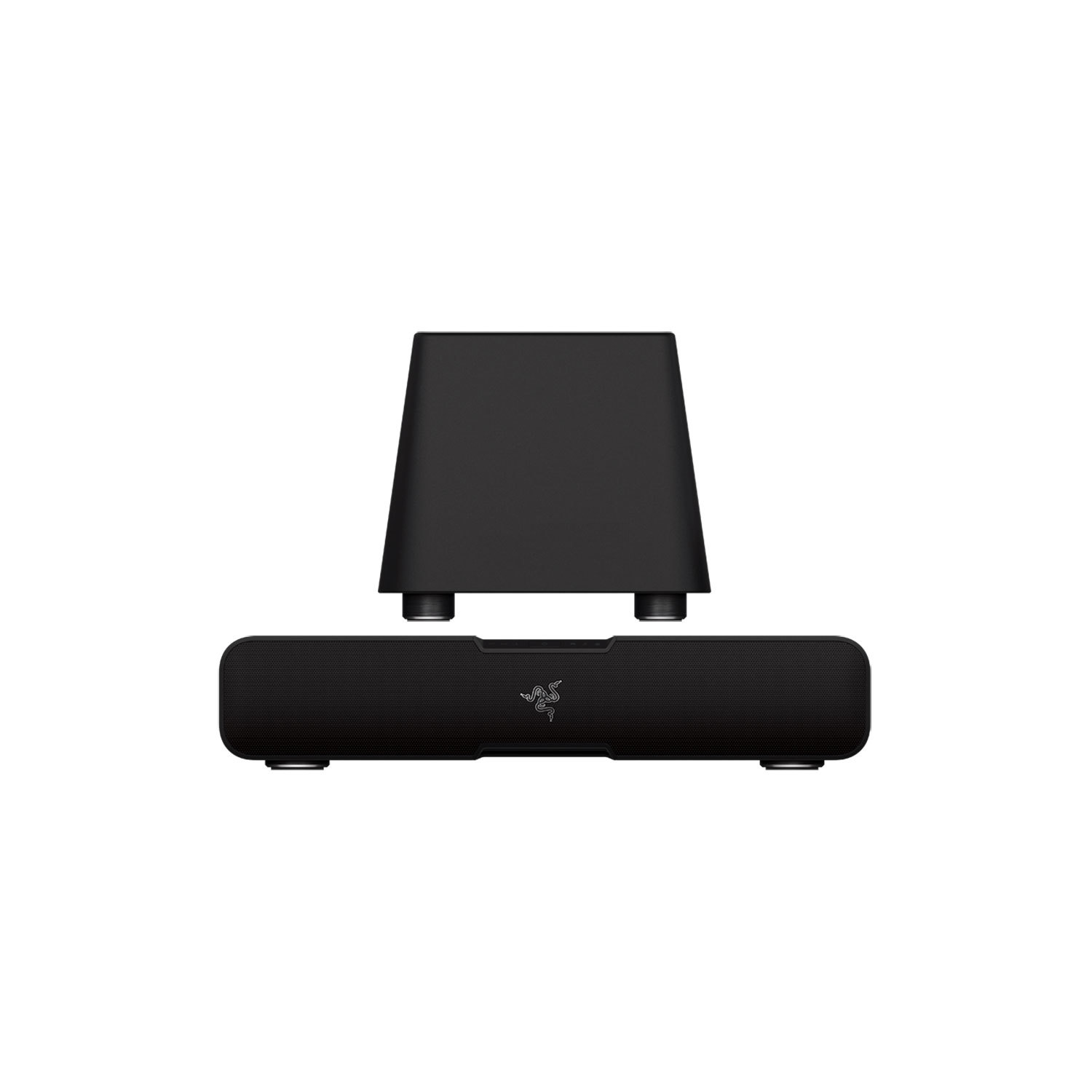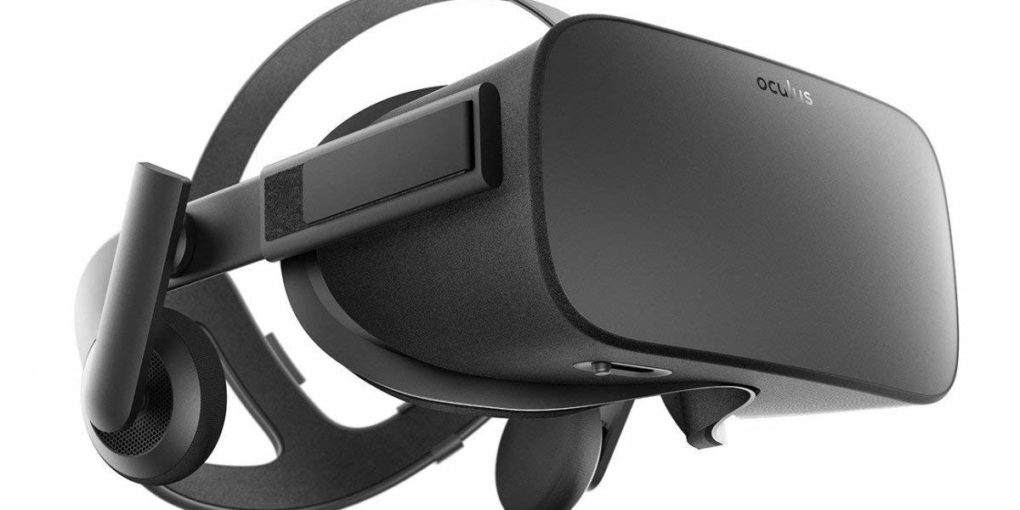What is TrueAudio & Phonon (Physics Based Audio for VR)
In most media experiences particularly in VR, high-quality audio is a very important feature to go by. Spatial (audio appearing to come from a specific location in environment) in VR and 3D gaming can be critical for immersion, presence, and conveyance of information for both game-play and storytelling. This, therefore, brings about variation in sound variables that virtual projects need to simulate, as preferred by listeners.
Phonon is one of a 3D audio technologies used within 3D game engines and SteamVR. It is an enhancement system which is available for sound designers that lets sound designers add physics-based environmental audio to games and VR apps. Basically, it is a fully featured set of physics-based audio tools for creating immersive environmental effects. It includes a single source and channel-based bin-aural processing, propagated geometry-based reflections, dynamic reverb, and occlusion based on scene geometry. Being compatible with existing game engines and middle-ware (Unity, Fmod, Unreal, Wwise), phonon plugs into existing workflows, and provides a multi-platform-based performance, throttling for low latency and easy deployment.
TrueAudio is a software advancement kit for GPU augmented and multi-core quality aural indication dispensation. Essentially, it’s an API that allows user’s (GPU) for performing aural rendering and enhancement i.e. convolution. True Audio provides pre-enhanced library purposes for computationally costly algorithms such as time-varying audio complications, FFT/FHT, and audio-oriented vector math. SDK also provides GPU utility roles that support (GPU) source arrangements, an advancement that allows it to apportion properties on it with visual illustrations while evading effects to quality-of-service.
The advancement of VR technology has made need for an immersive aural experience a necessity. This immersive experience that comes as much close to what we feel in our real world has been as a result of vital aspect of VR. Aural plays more than half of that VR immersive feel. It is for this reason that if the audio profile doesn’t match environment, The immersion would be broken. True aural comes in handy in ensuring it sound is closer The world acoustics. It makes use of a well-crafted auralization possible.
The True Audio software advancement kit offers you a real-time audio enhancement and thus aids in high performance with graphics. The improved VR makes use of (GPU) for the audio hence freeing up CPU resources. In addition, it also enables advanced interactive acoustics.
More features of True Audio include but not limited to;
• Provision of CPU and GPU implementations for all the tasks within.
• Extendable open source API.
• It offers you a multi-threaded, multi-queue and real-time audio engine.
• OpenCL parallel batch convolution engine ensures faster performance.
• Fully real-time dynamic physics-based acoustics rendering.
The interaction between phonon and True Audio helps achieve high-quality rendering. After its emitted by each source being processed on CPU by a phonon, and usually sent down the pipeline for further processing effects or final mixing. With True aural Next, as soon phonon gets data, it sends it to the (GPU) which then, after convolution sends those results back to CPU. This brings massive parallel to compute power of GPUs to aural rendering as well as ensuring True Audio lets phonon continuously updates Impulse Responses (IRs) as a user moves and interacts with environment, without affecting the (GPU) performance.
Basically, phonon works with True Audio Next API if you are using a device with AMD CPU in it. Phonon will automatically switch to AMD TrueAudio Next and thus will begin to model additional sounds physically. For a non-supported system, rendering will be effected using traditional mode of rendering sound.


